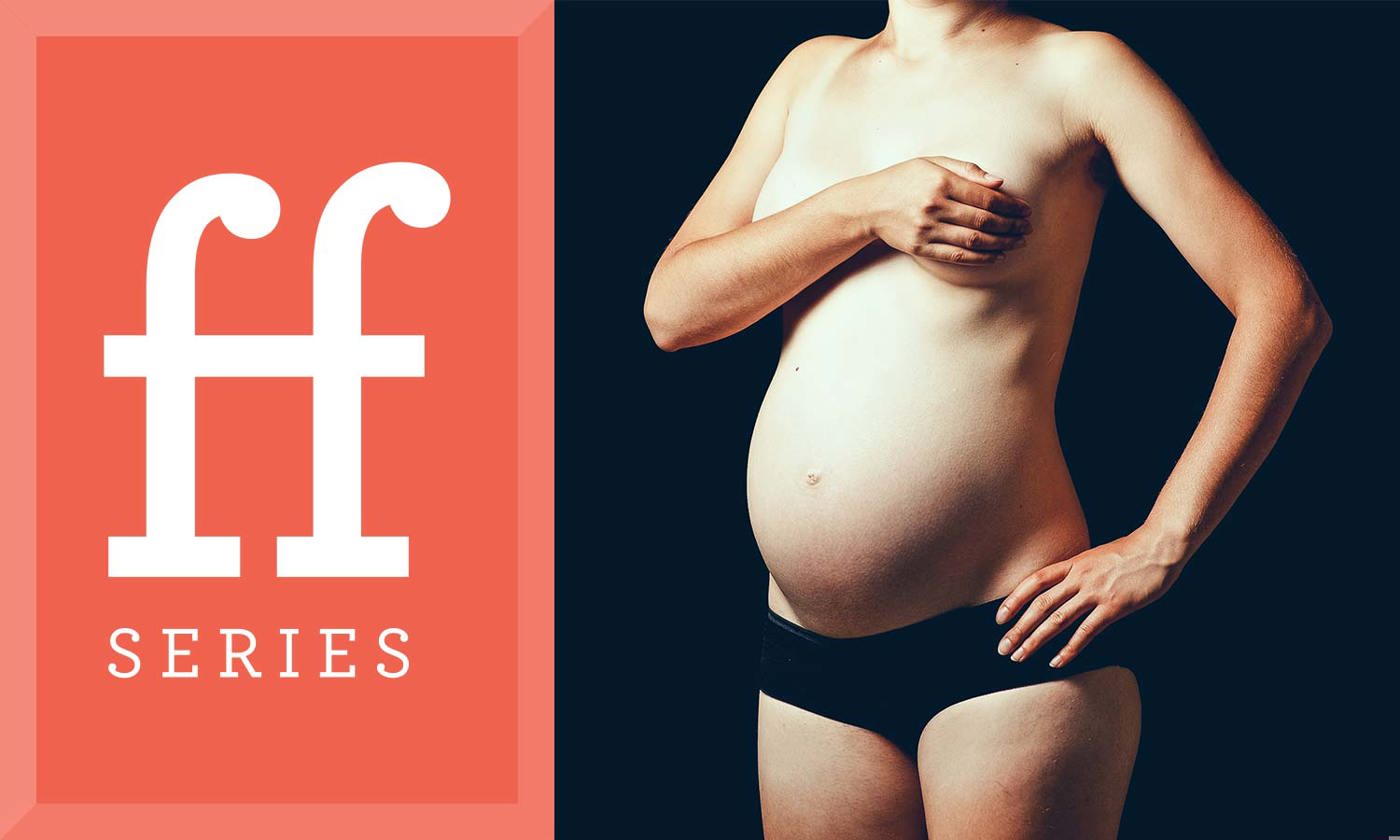Like what you see?
Sign up to receive more free parenting advice.
Thank you for subscribing to our newsletter!
Child Development

Credit: iStock.com/Ipinchuk
Your baby continues to be very active at this stage, and you'll probably be aware of lots of movements. There's no set number of movements you should feel each day – every pregnancy is different1.
You should be aware of your baby's own pattern of movements. If this pattern changes, contact your midwife or hospital to tell them.
The sucking reflex is developing by now and your baby can suck its thumb or fingers. The baby is growing plumper, and the skin begins to look less wrinkled and much smoother.
The white, greasy vernix and the soft, furry lanugo (fine hair) that have covered your baby's skin for some time begin to disappear.
Your baby's eyes can focus now. The lungs are developing rapidly, but your baby wouldn't be fully able to breathe on its own until about 36 weeks.
By about 32 weeks, the baby is usually lying with their head pointing downwards, ready for birth. This is known as cephalic presentation. If your baby isn't lying head down at this stage, it's not a cause for concern – there's still time for them to turn.
The amount of amniotic fluid in your uterus is increasing, and your baby is still swallowing fluid and passing it out as urine.
Your body at 29-32 weeks of pregnancy
As your bump pushes up against your lungs and you have extra weight to carry around, you may feel breathless.
Leg cramps at night are common at around 29-32 weeks. You may find it hard to sleep because you can't get comfortable. Try lying curled up on your side with a pillow between your legs and a cushion under your bump to see if it feels more comfortable. You might also find you need to pee a lot.
If this is your first baby, your midwife or GP will measure the size of your womb and check which way up the baby is when you're 31 weeks pregnant.
They'll also measure your blood pressure, test your urine for protein, and discuss the results of any screening tests from your last appointment.
Tips for pregnancy 29-32 weeks
Planning for birth
Start thinking about your preferences for labour and birth, such as the type of birth you would like and any pain relief options you would consider, as well as the positions you'd like to be in.
There are many birth plan templates on line that you can download and fill in.
You could also print out a copy and discuss it with your doctor or midwife.
Warning signs during pregnancy
High blood pressure and pre-eclampsia
High blood pressure and protein in the urine are signs of pre-eclampsia, which can be life threatening if untreated.
Severe itching
Severe itching at any stage of pregnancy can be a sign of the rare liver disorder obstetric cholestasis.
1 Contains public sector information licensed under the Open Government Licence v3.0.
Get Advice
Real parents. Real problems. We’re here with a group of leading early learning and parenting professionals to answer your questions.




